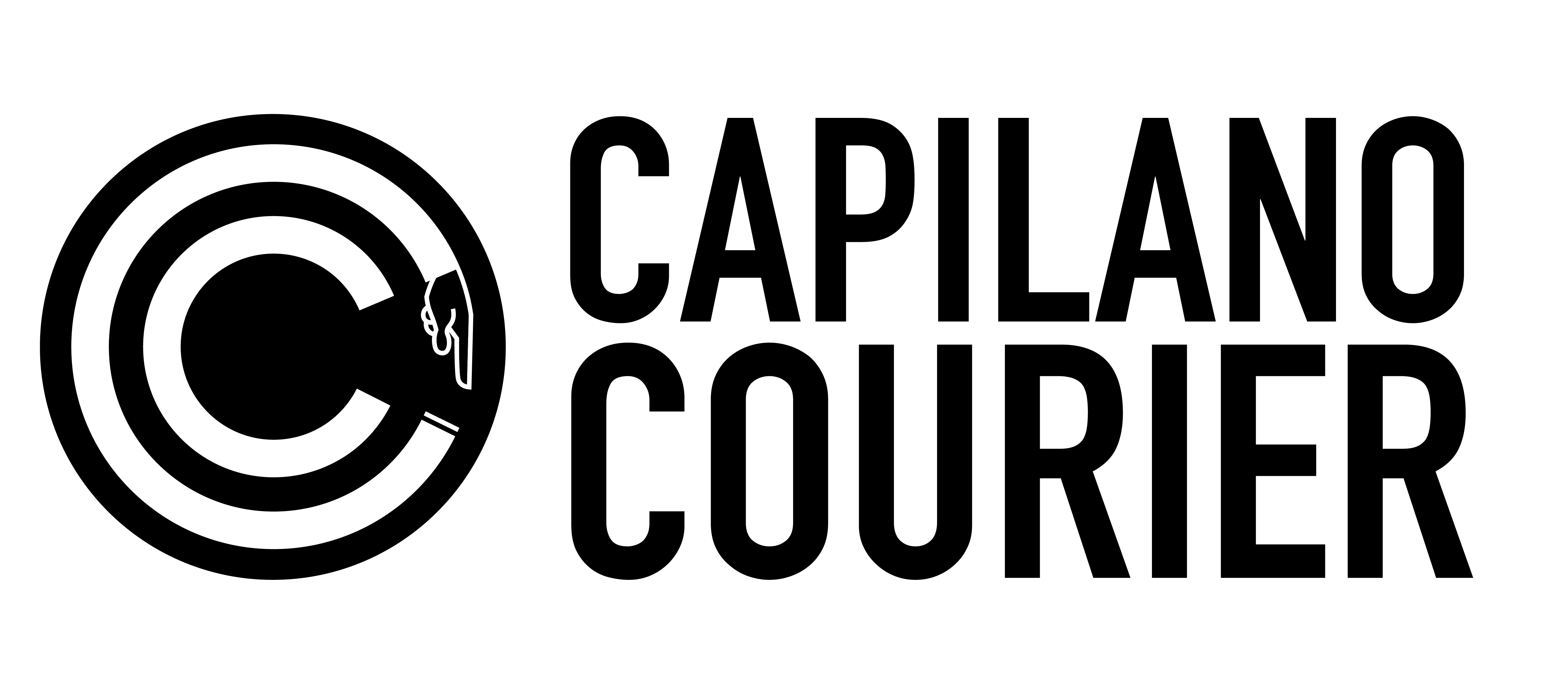Are scholarships, bursaries and awards stained with the same inequality towards international students as tuition fees?
Laura Morales Padilla (she/her) // Contributor
In the scholarships, bursaries and awards search interface, Capilano University displays a total of 336 options at the moment, between entrance awards, in-course awards for current and returning students, Emergency Financial Support, and Grant Fundings (Non-Government). International students are allowed to apply to approximately 7% of these awards, and about 1% are exclusively for them.
The minimum eligibility requirements for these scholarships, bursaries and awards include: “Canadian Citizen, Permanent Resident, or Landed Immigrant,” but the continuous growth of international student numbers is not being matched by the respective growth of Financial Aid opportunities.
Headcount reports from Capilano University show that the number of new international students has increased by approximately 113.7% from 2012 to 2022, while the number of domestic students has decreased by 29.6% in the same time frame. In other words, the presence of international students has increased from 8% to 28% in the last 10 years. Being less than a third of the student population, the revenue from international tuition fees has already surpassed the revenue from domestic tuition fees, not only because of the tuition fee difference, but because about half of domestic students are registered part time, while international students need to be registered full time in a post-secondary institution as a requisite to obtain their study permit.
The decrease on domestic student numbers, according to Kris Bulcroft’s President’s Report from the year 2016, was due to “program cuts, negative press, and demographic shifts in the student-age population,” which led to allocating $1.4 million to marketing and recruitment work that year in order to “help alleviate the slump in domestic enrolments and to increase efforts in further building international numbers.” The increase of these numbers, even throughout the pandemic, confirm that the recruiting efforts of the University are generating the desired result.
Consequently, in the Institutional Accountability Plan and Report for the academic year of 2021-2022, Capilano University presented their first internationalization plan, which is directed towards “achieving equity, diversity, and inclusion for, and amongst, our global learners,” and “ensuring integrity in what we promise and what we deliver,” among other principles.
The current Financial Aid and Awards policies that offer international students access to 7% of all the scholarships, bursaries and awards are not reflecting the University’s principles towards equality and consistency. On the other hand, the awards established by the Capilano Students’ Union (CSU) are opened to domestic and international students indistinctly; being a non-profit organization dedicated to advancing students’ interests, there is an implicit consensus on the part of the students in favor of equal opportunities.
There is a continuously growing gap between domestic and international students’ tuition fee; taking the Business Administration Diploma as an example–one of the most popular programs for international students–the international tuition is 448% of domestic tuition. The Canadian Government set a limit for fee increase to 2% for domestic students, but there is no limit for international fees. Capilano University set a fee increase limit of 2% for both domestic and international fees, but the percentage would mean–for a business student–an increase of $84.60 in the domestic tuition and an increase of $378.82 in the international one.
At the end of the last President’s Perspective event on February 2nd, Paul Dangerfield answered a question regarding the continuously growing gap between international and domestic tuition. He acknowledged that Capilano University is one of the best in the province in terms of that gap, but that the University must figure out how to “make it work with a lesser amount” through better management of fees.
“I’m hoping at some stage we can have that conversation at the provincial level,” said Dangerfield, “where it’s recognized that international students are going to be integral to the prosperity of the province going forward and that we need to actually bring them in […] So why on earth are we making them pay three times the amount?” This is the question that needs to be replicated in order to open the dialog and find possible solutions to this inequality issue.
Even though the tuition gap is recognized as a provincial-level discussion, there are policy changes that can have a positive effect towards equality without affecting the university’s funds, such as ensuring that financial aid options are reviewing students’ applications without taking citizenship status into account, which is a current practice that is reducing the opportunities for international students.





